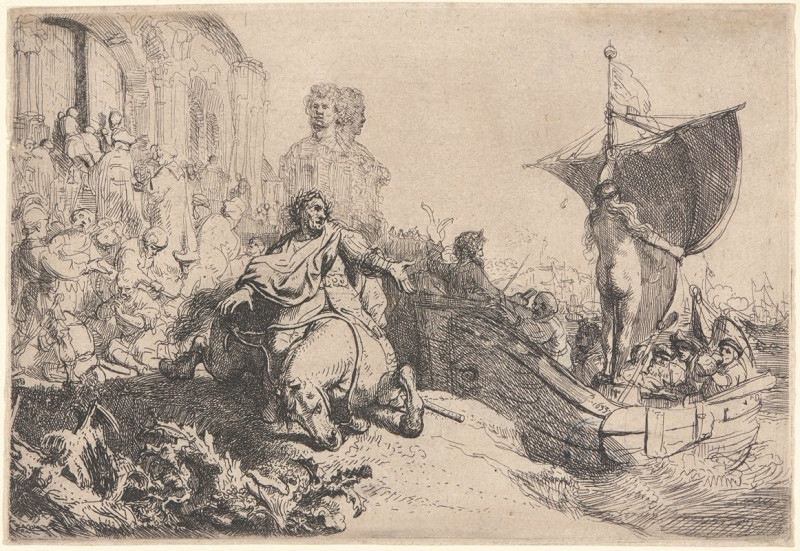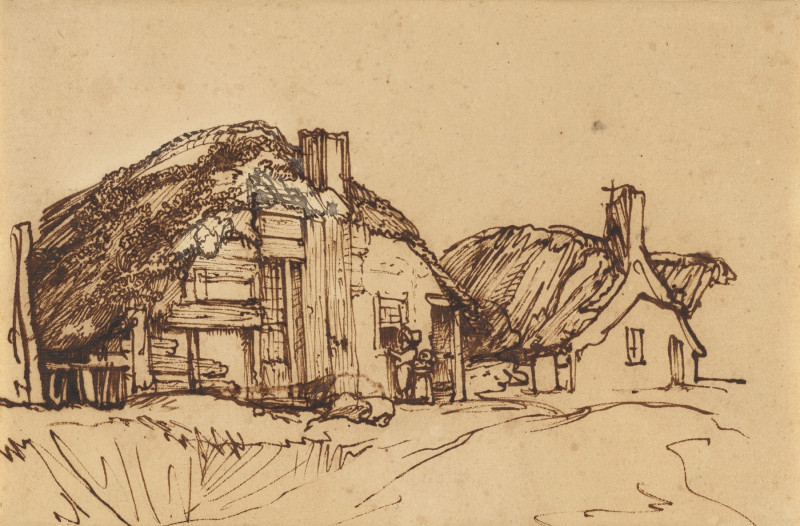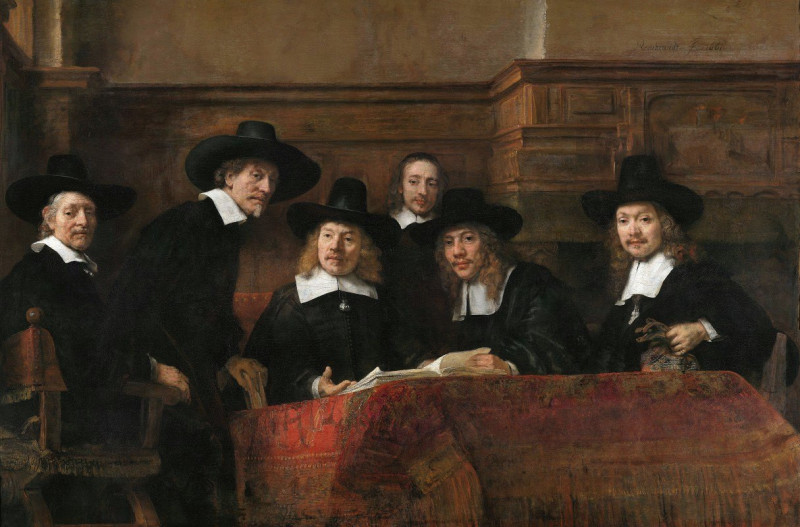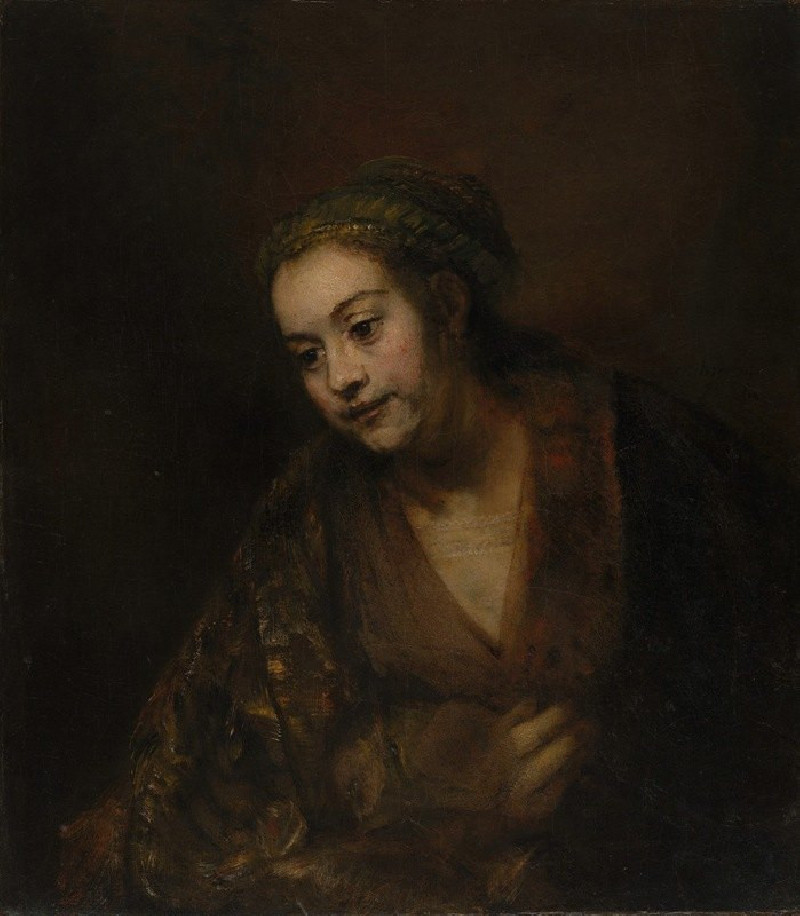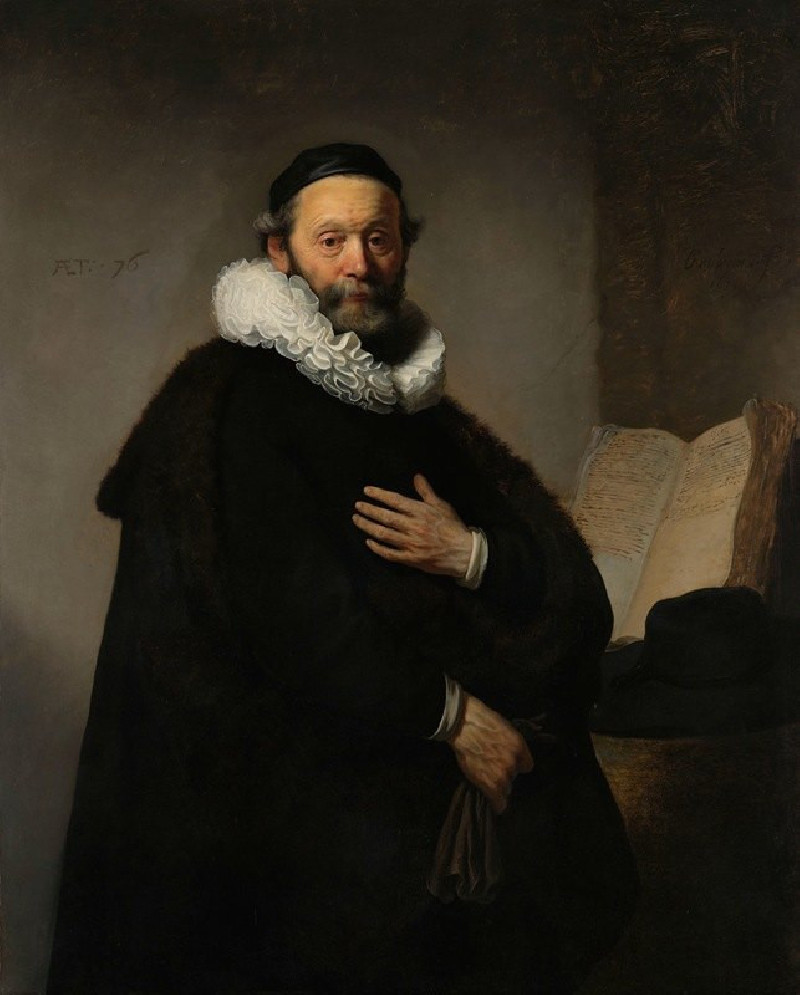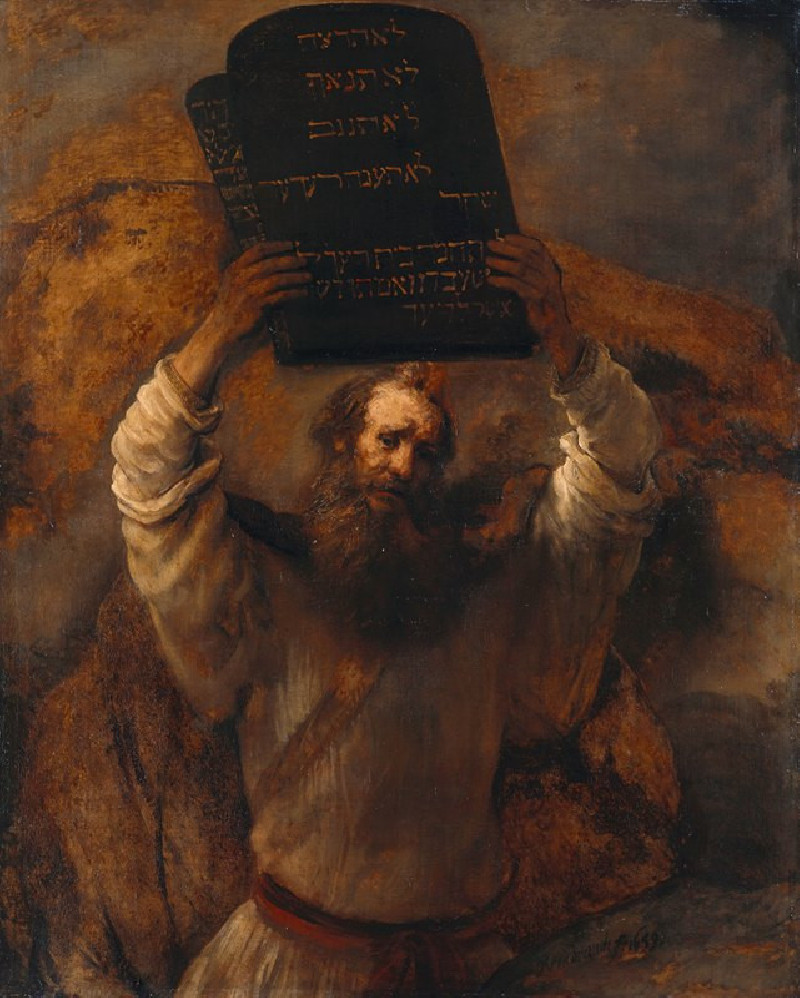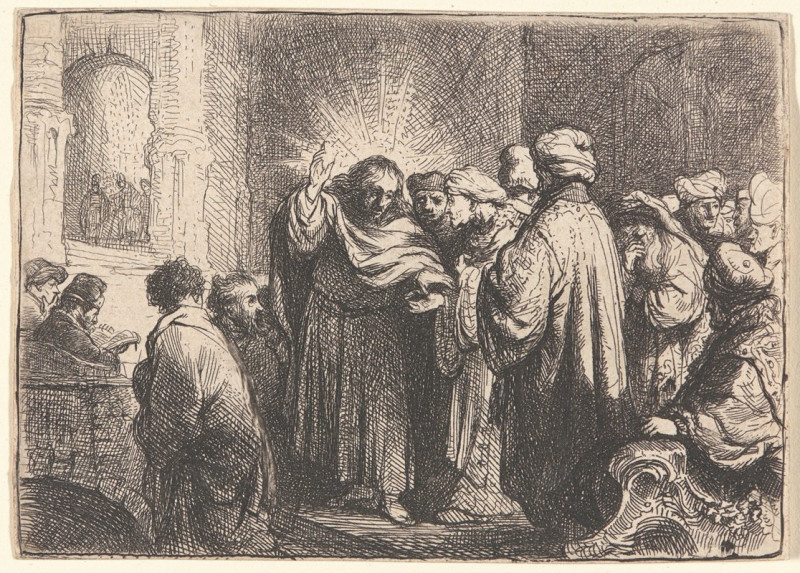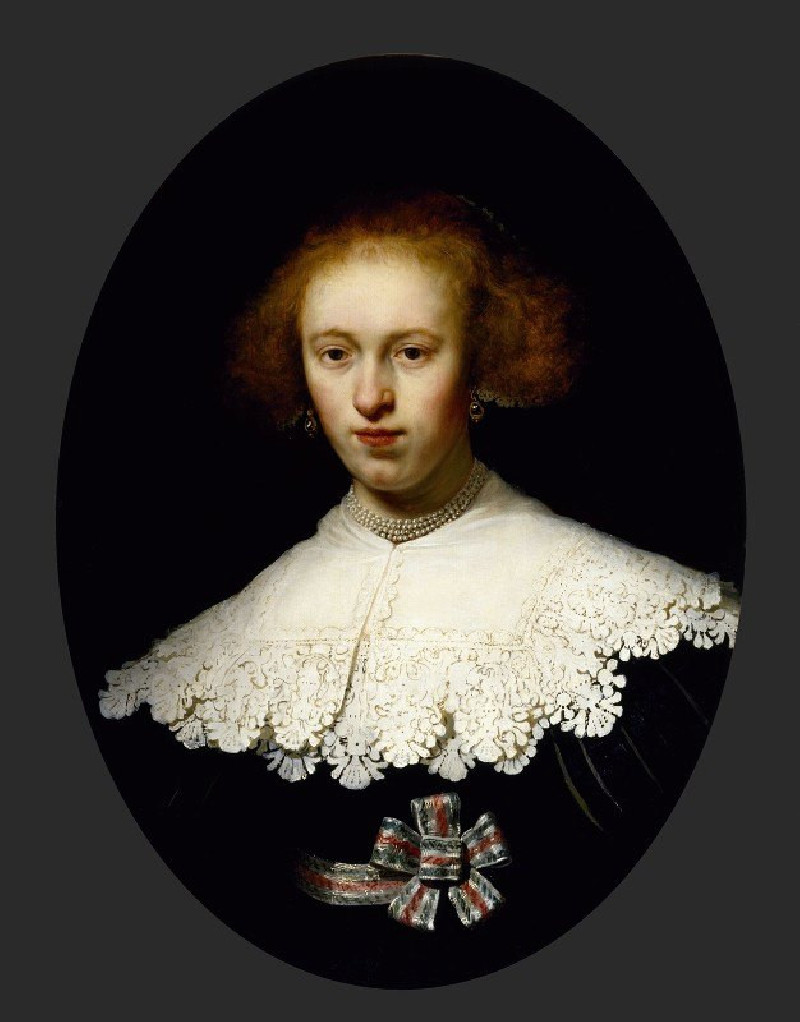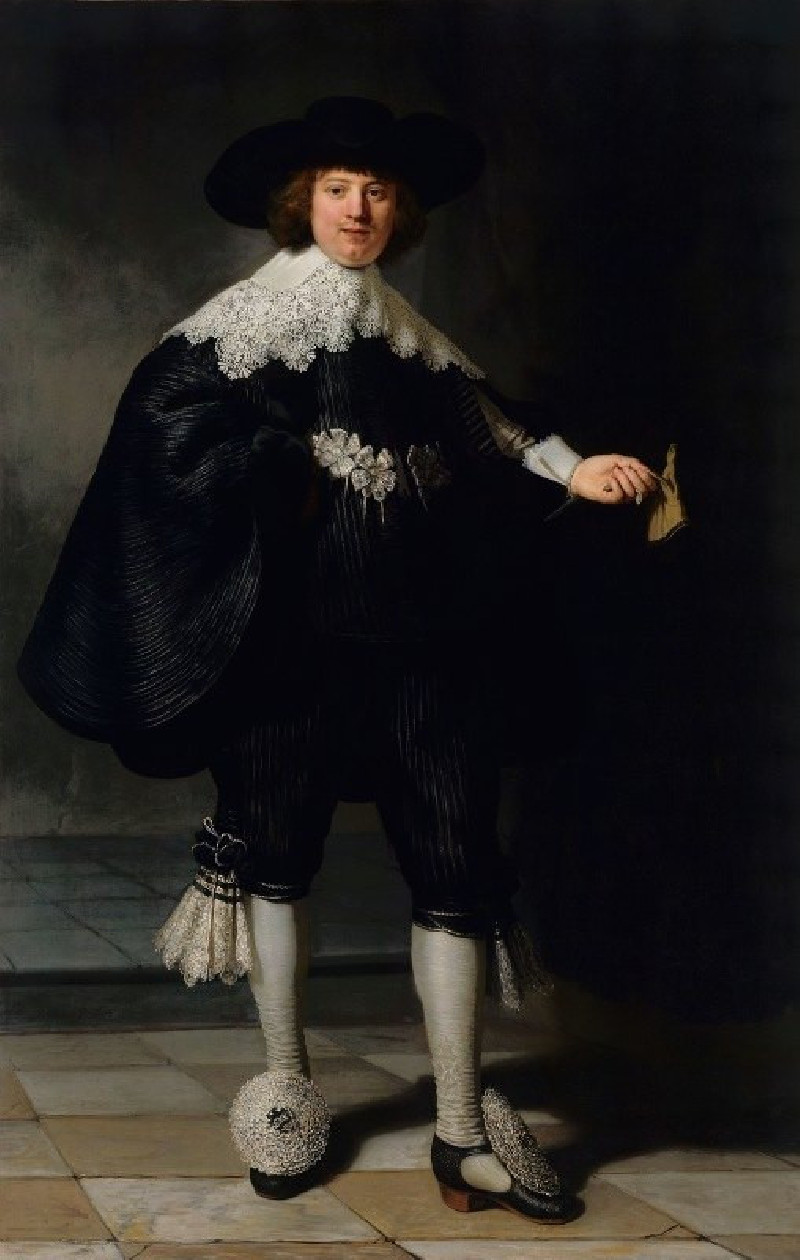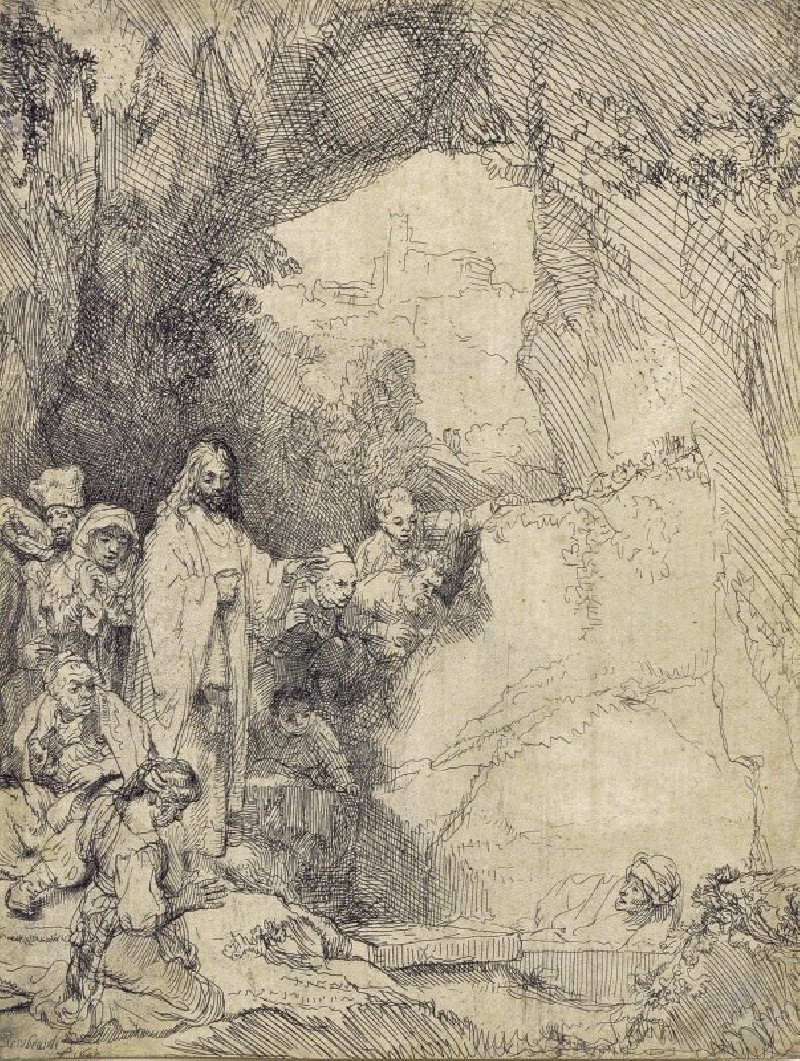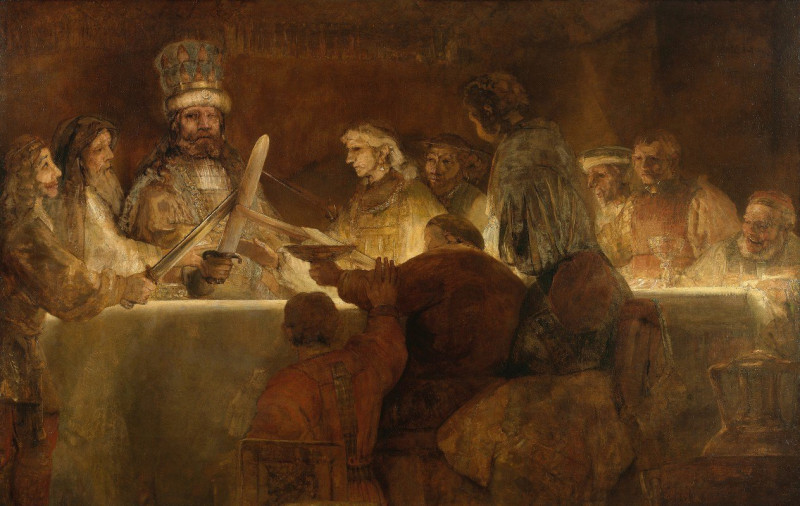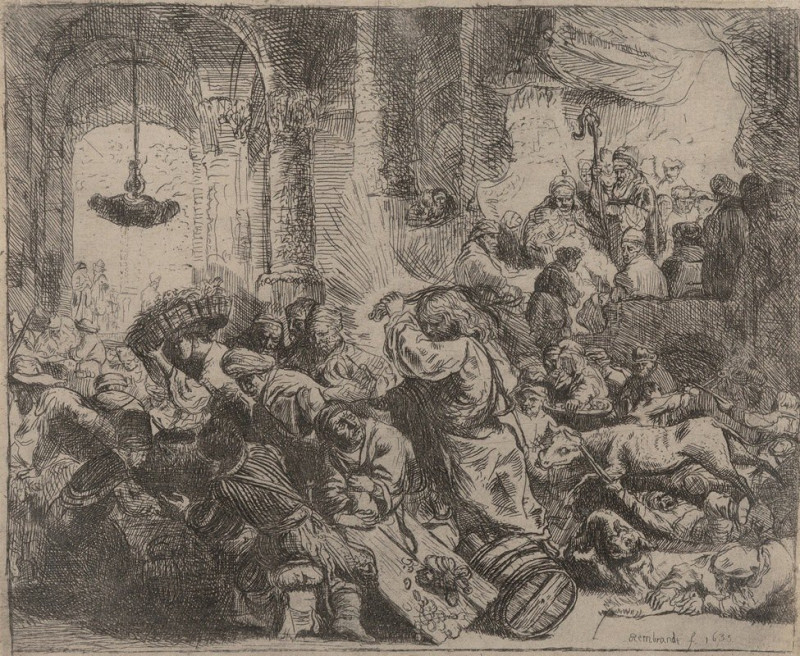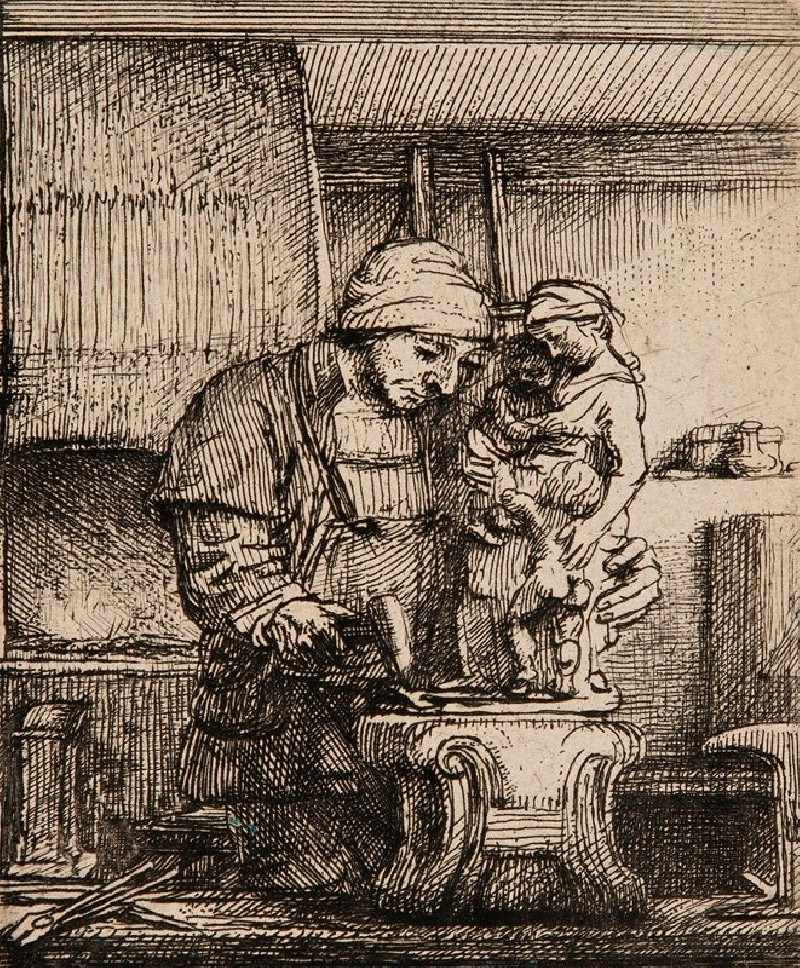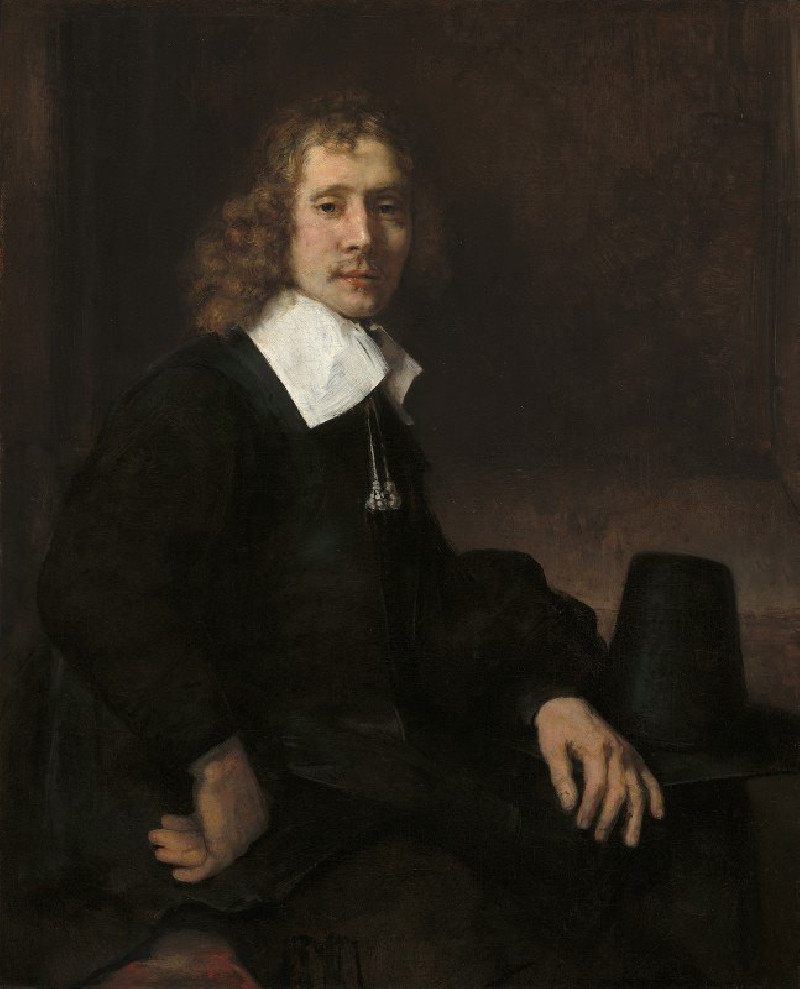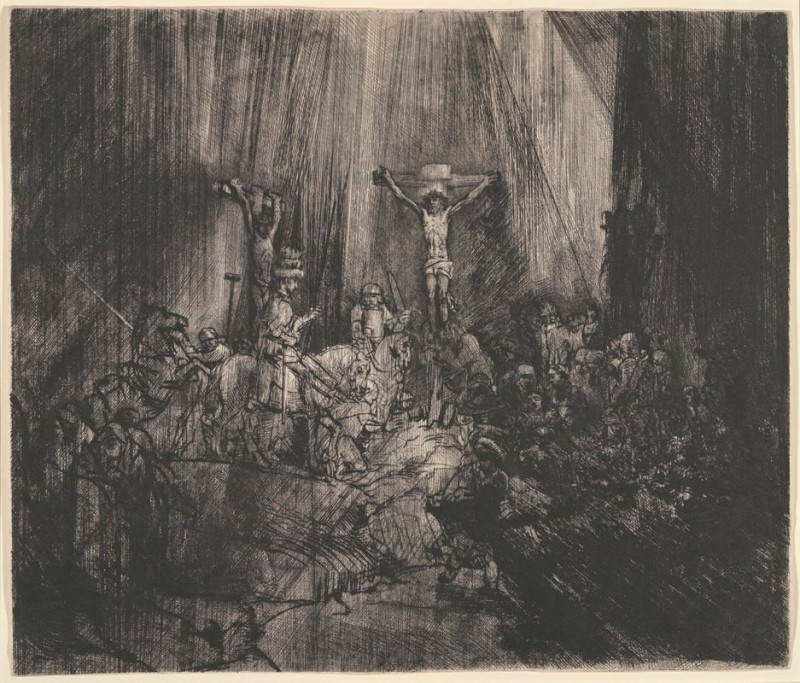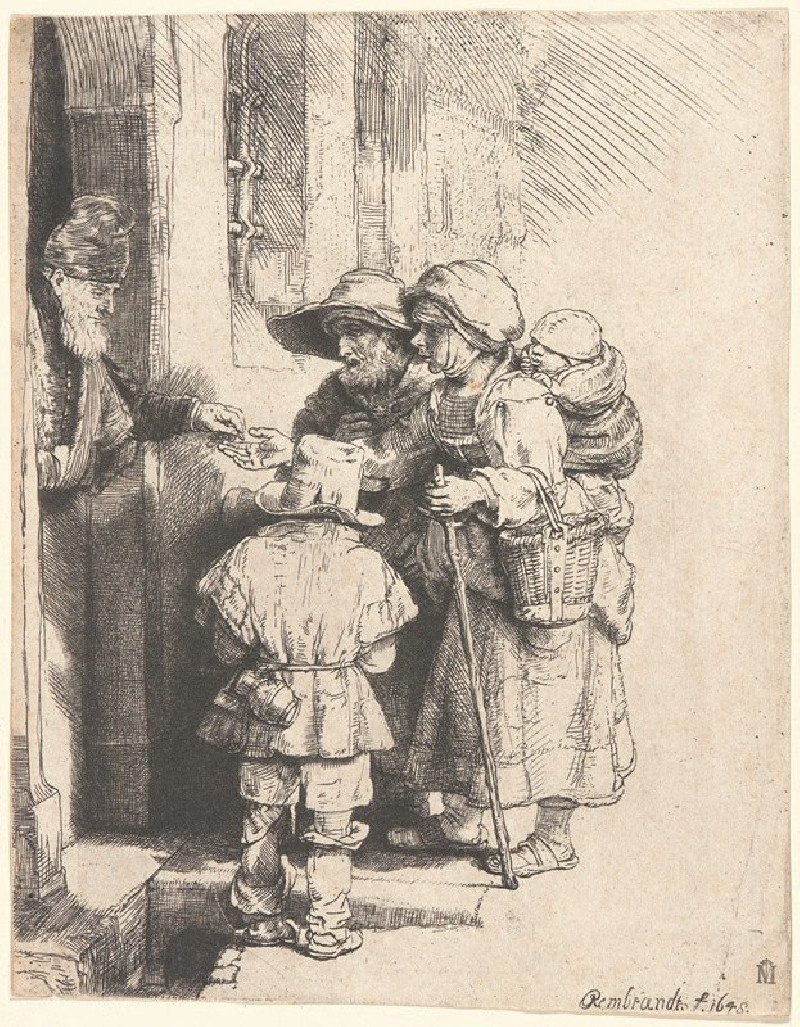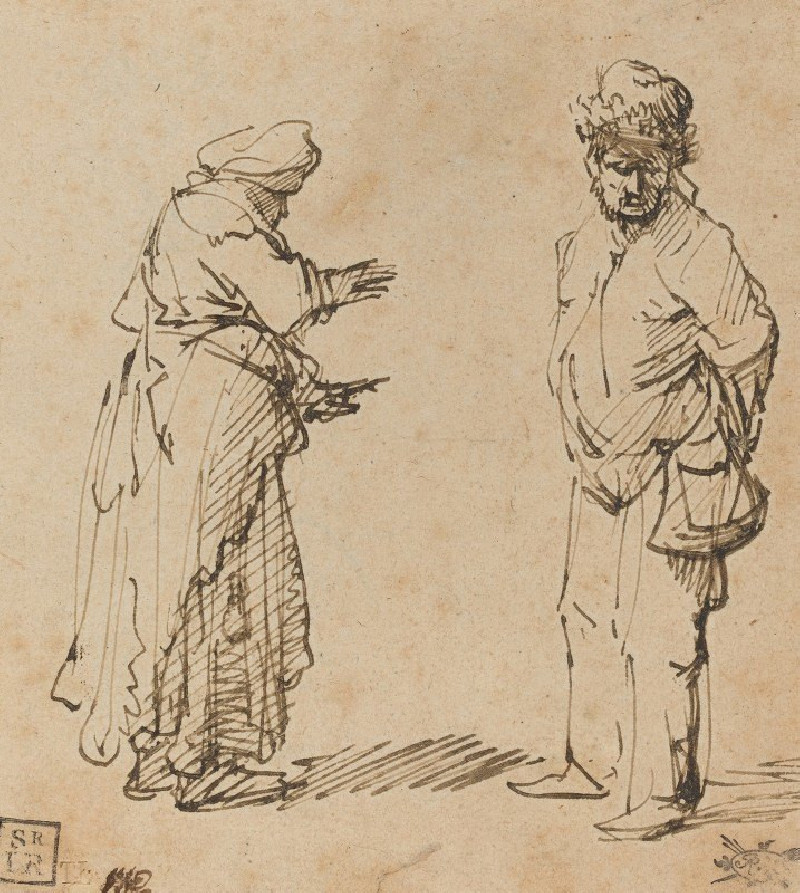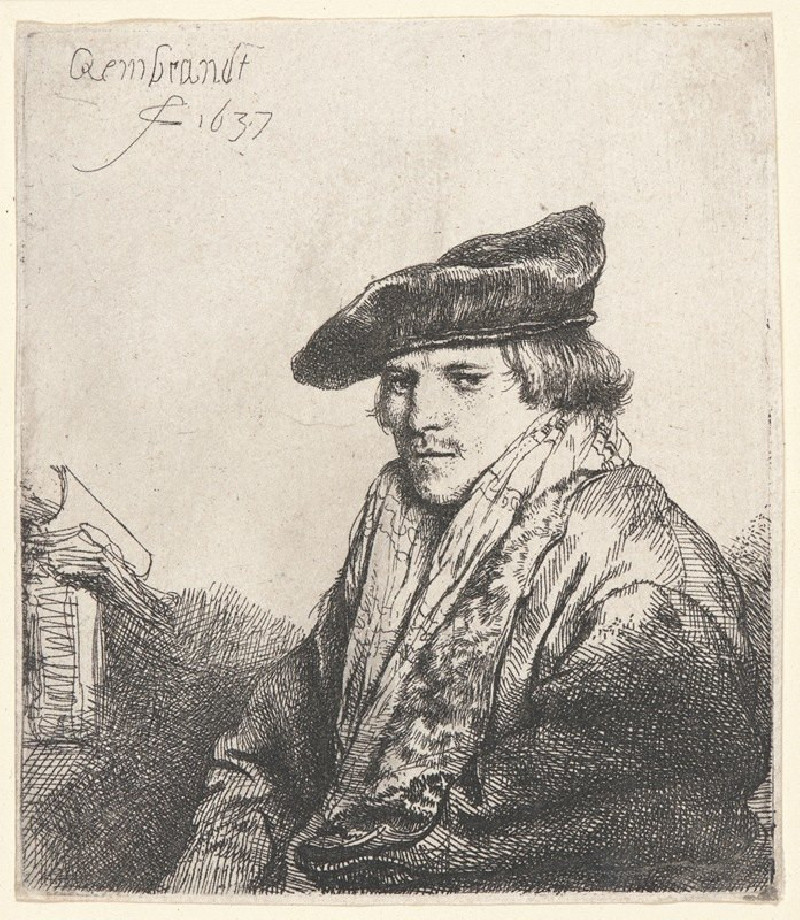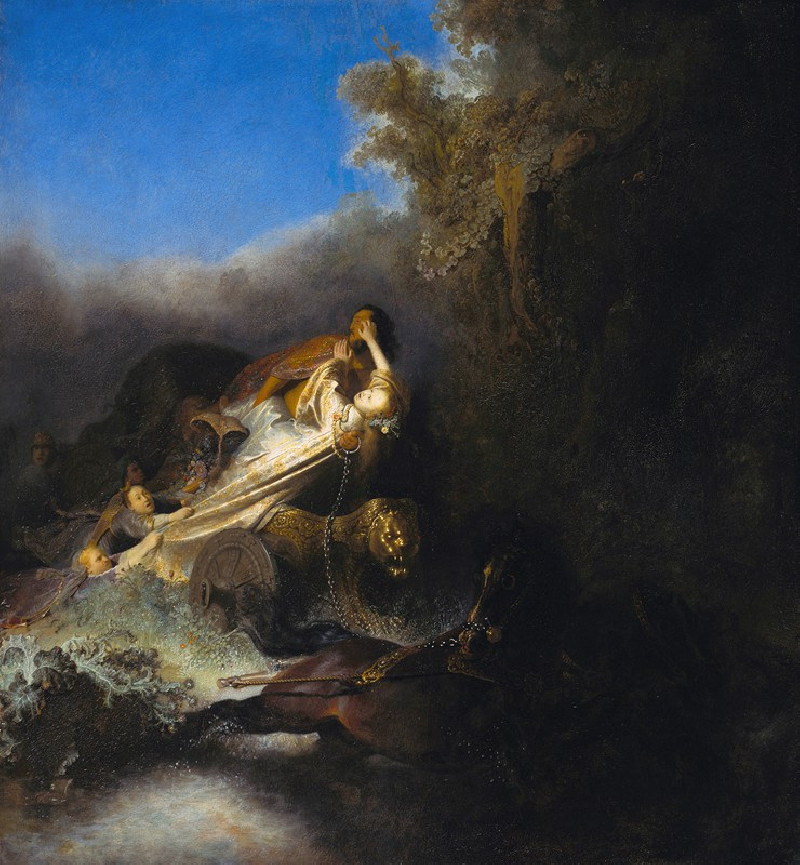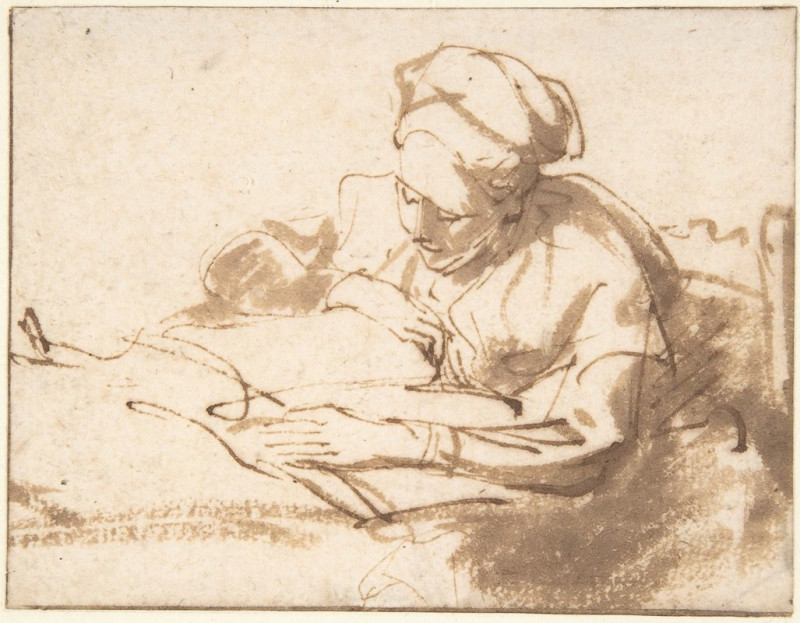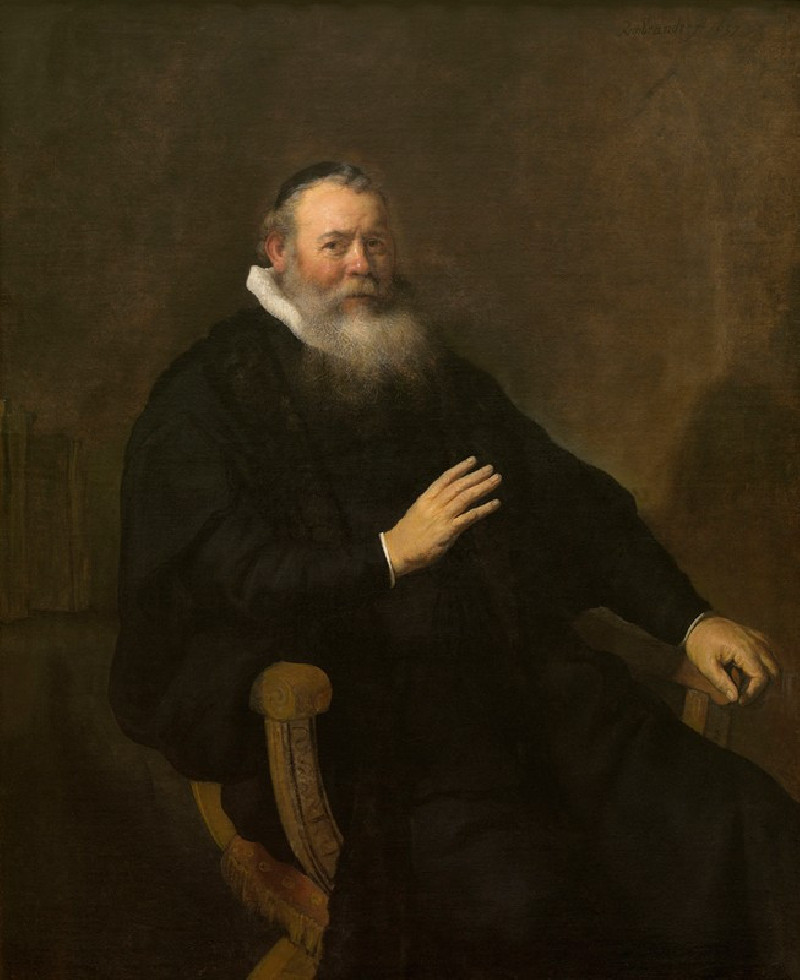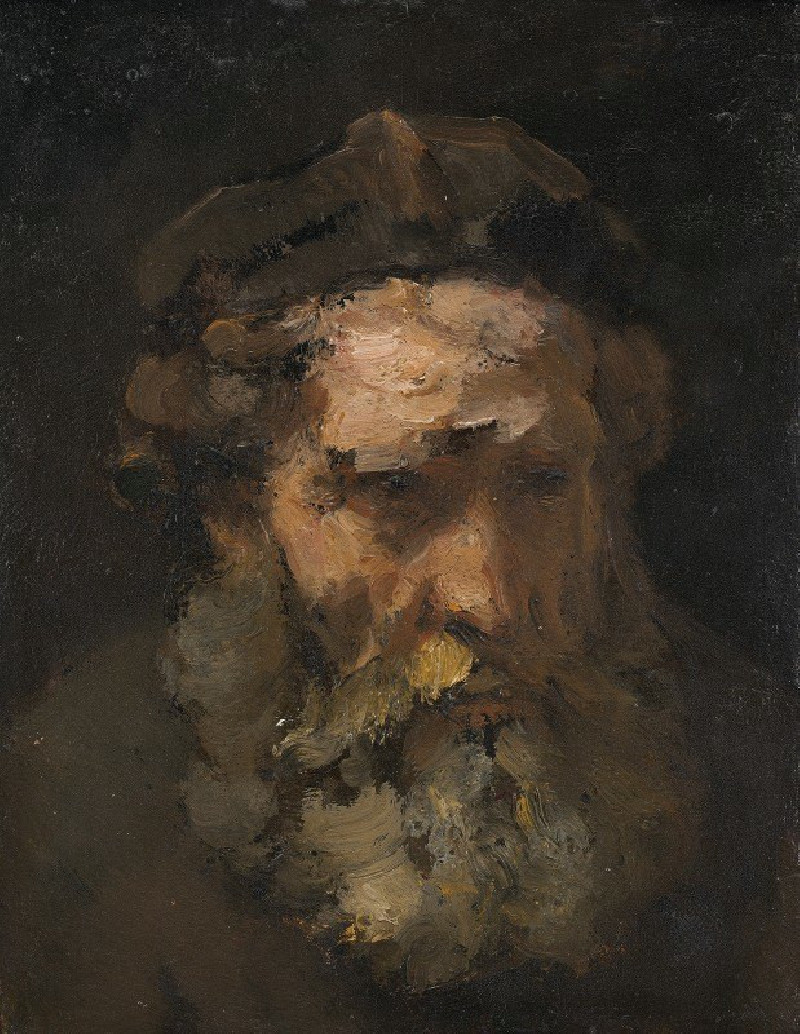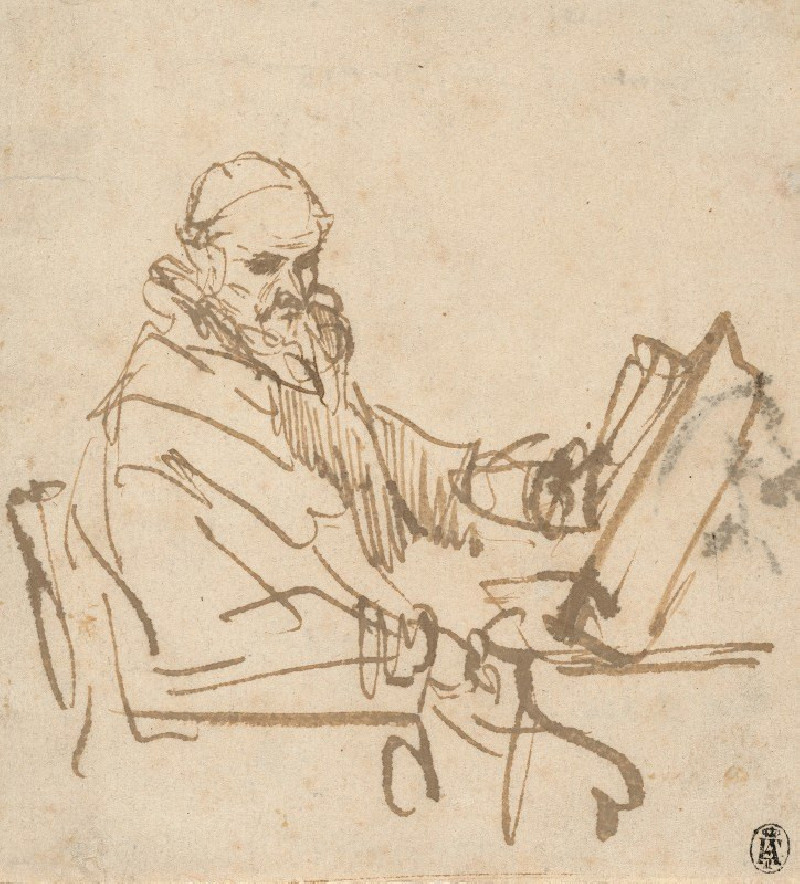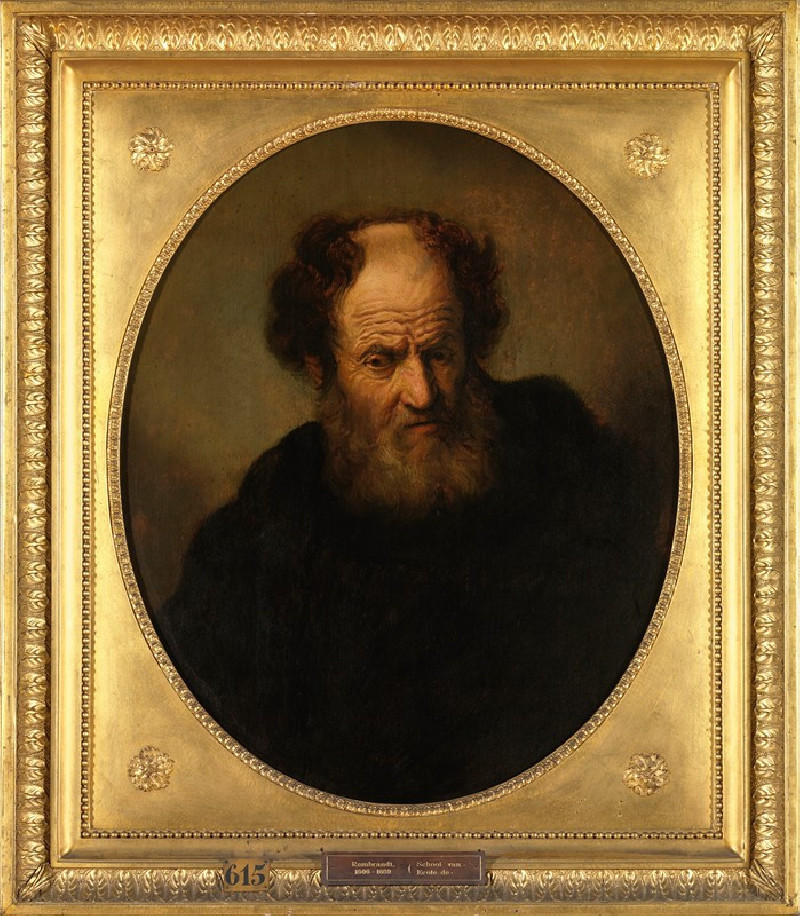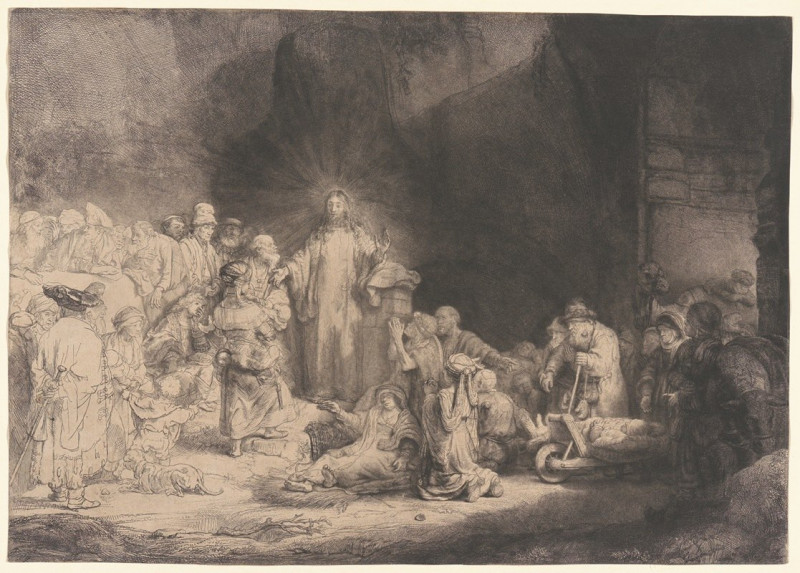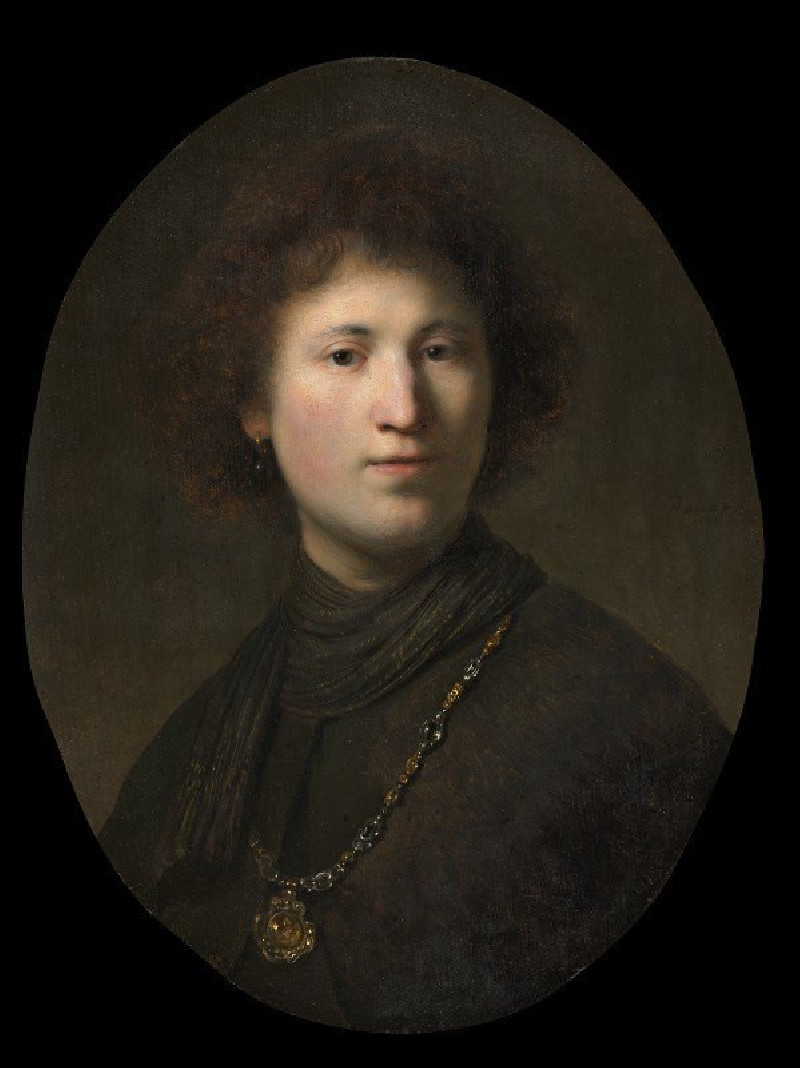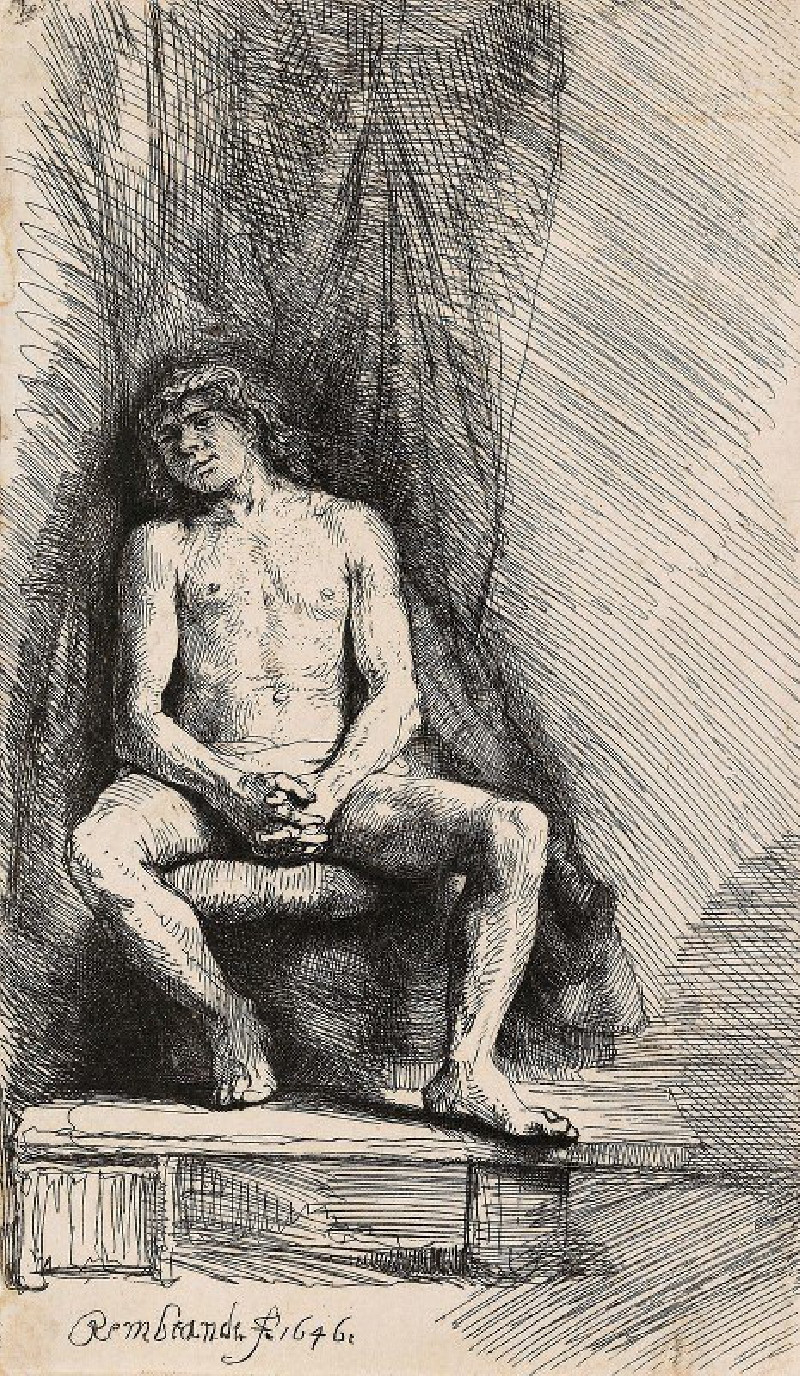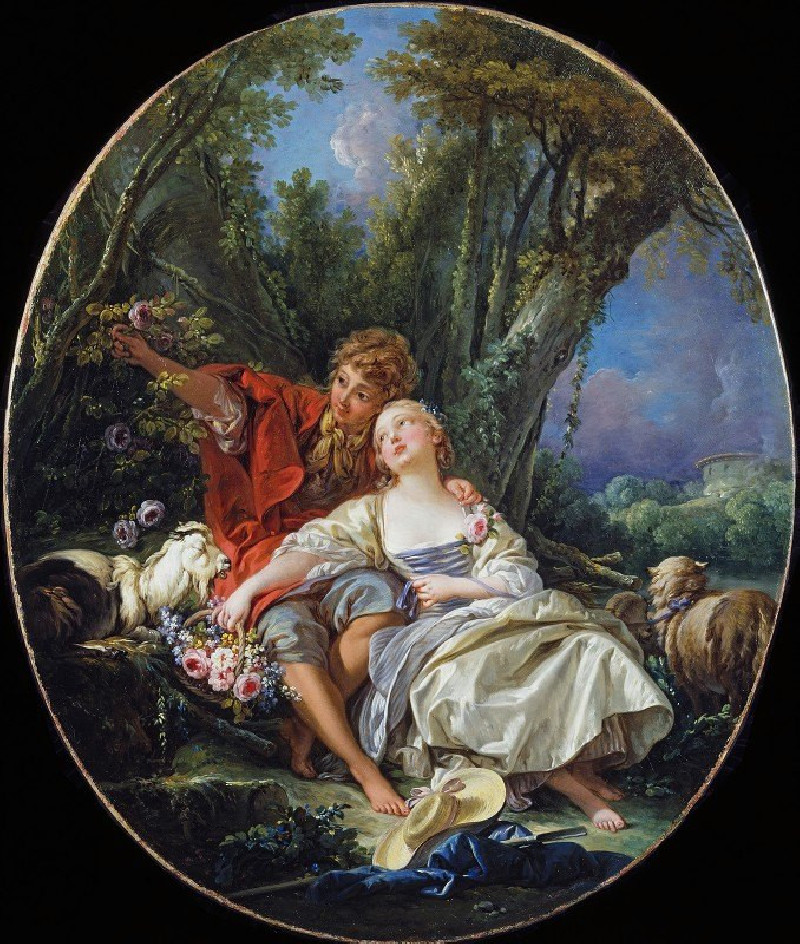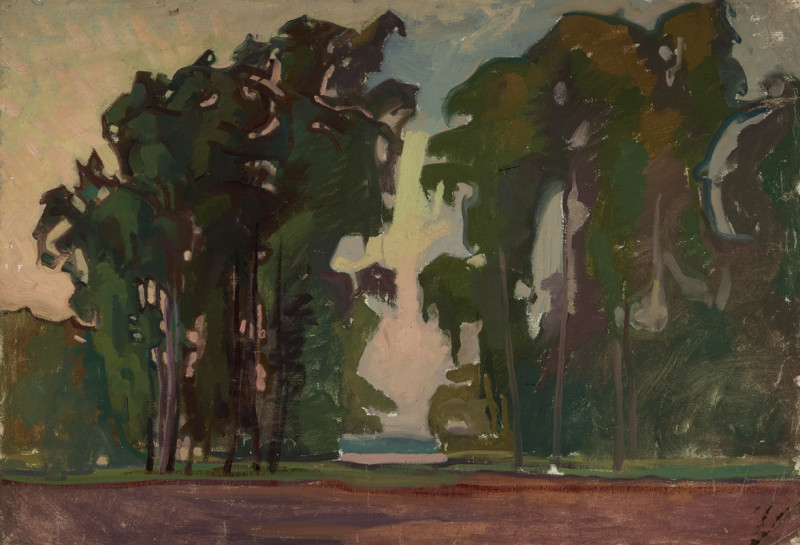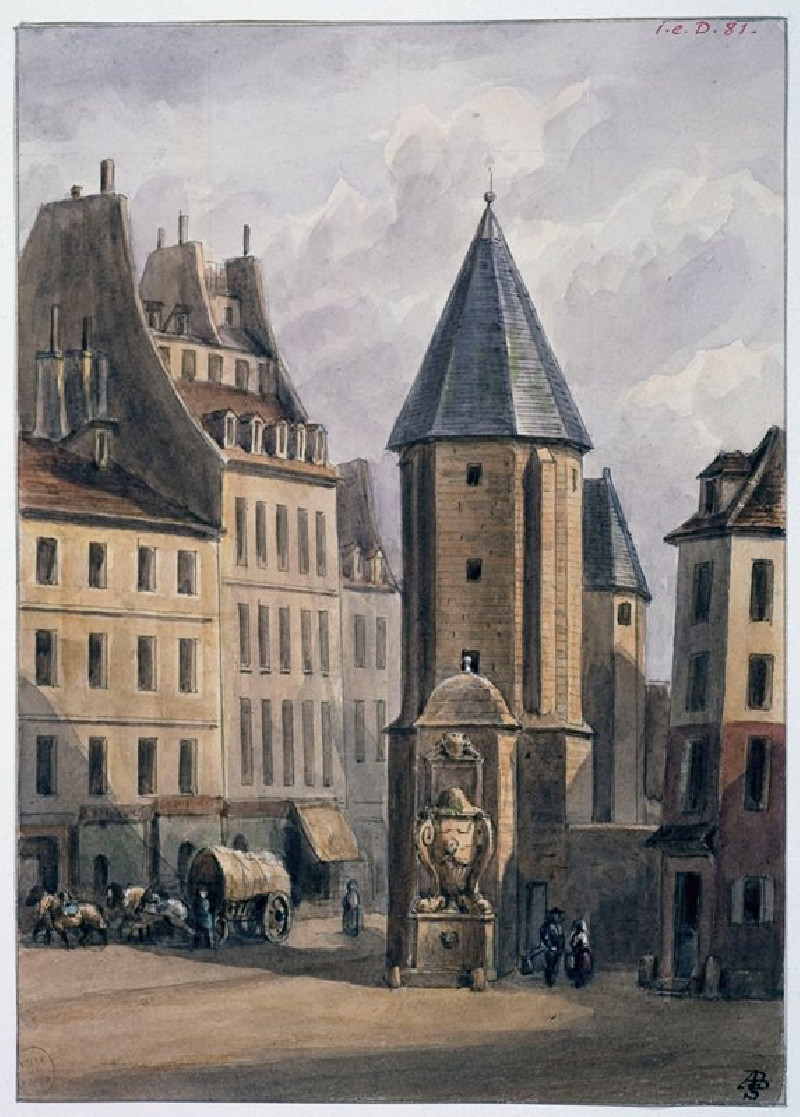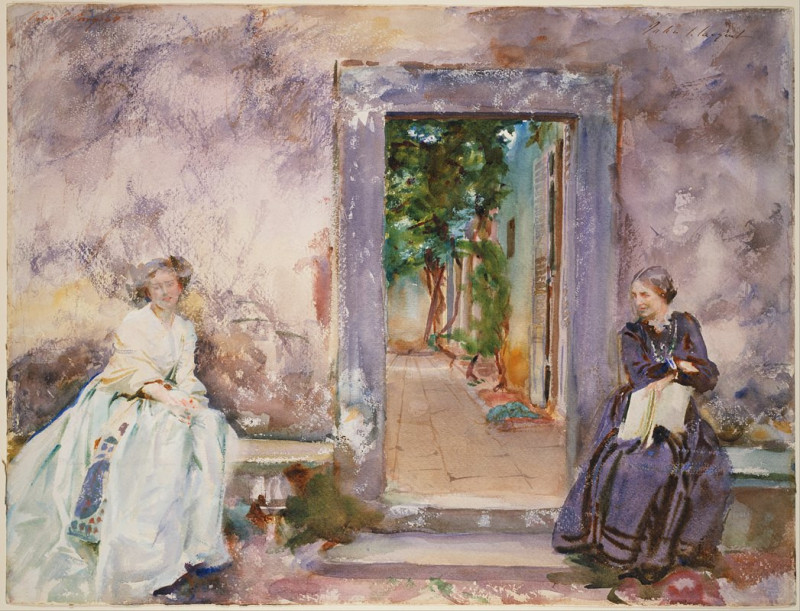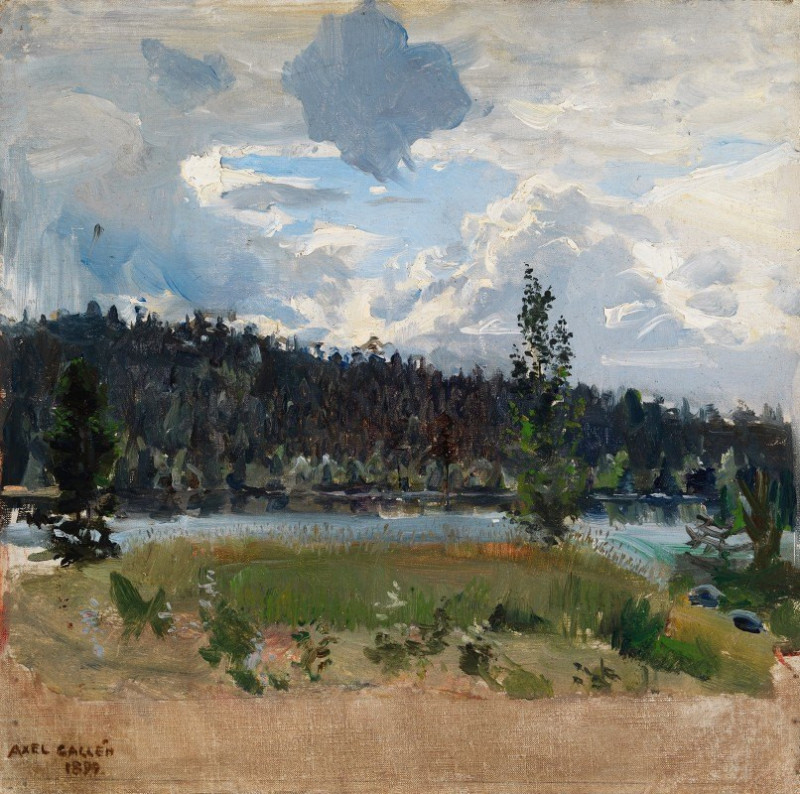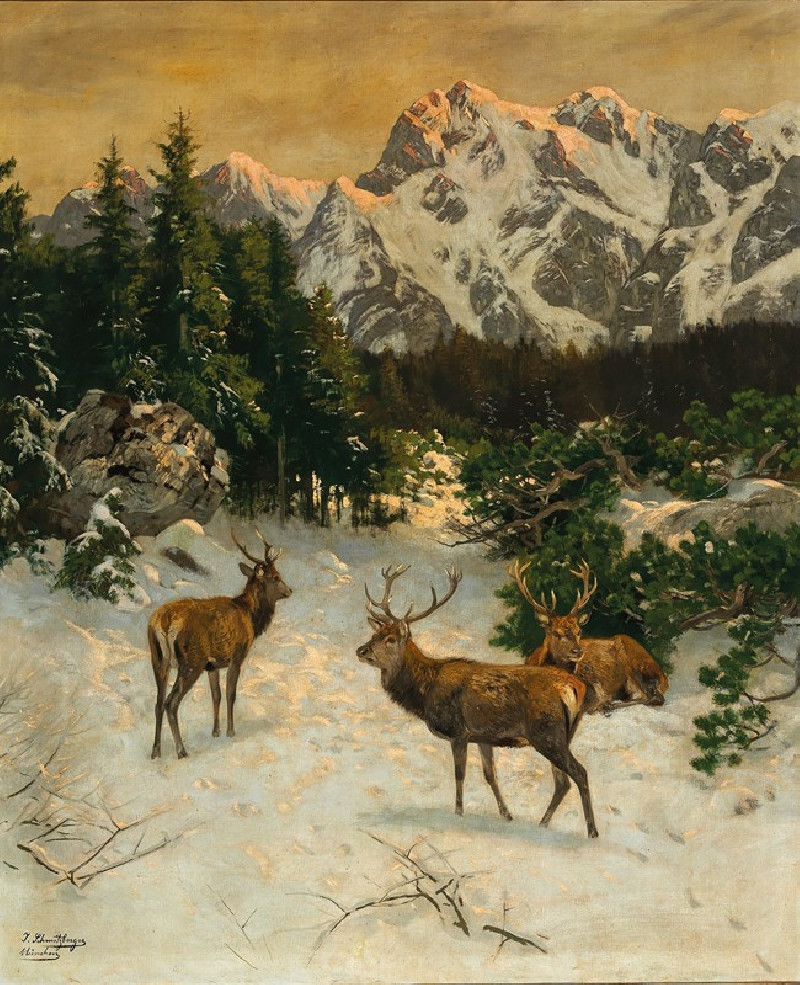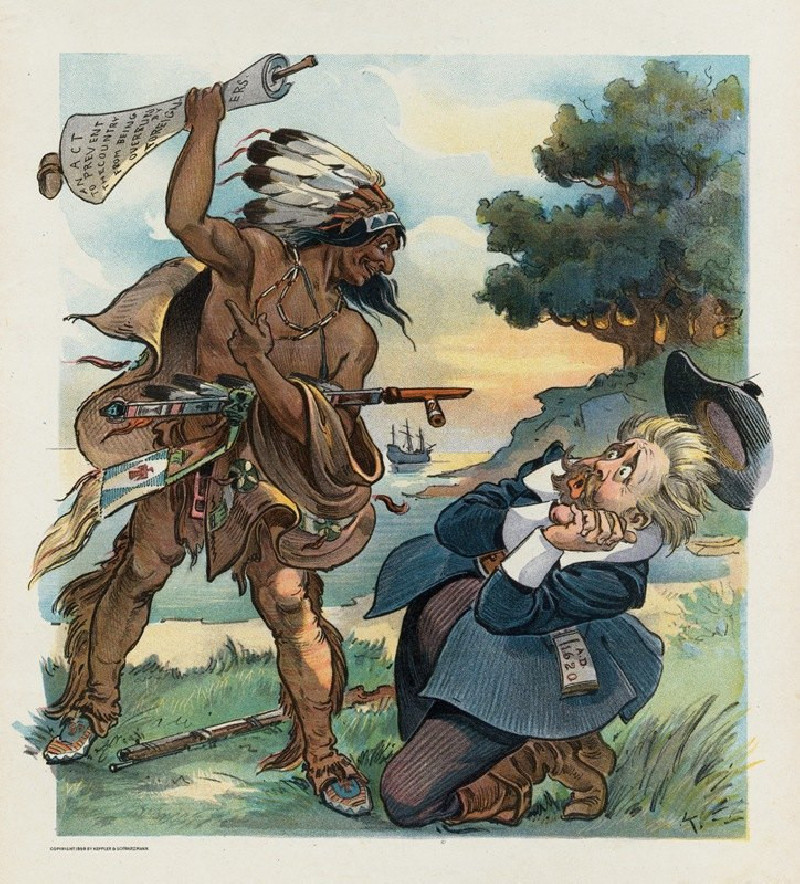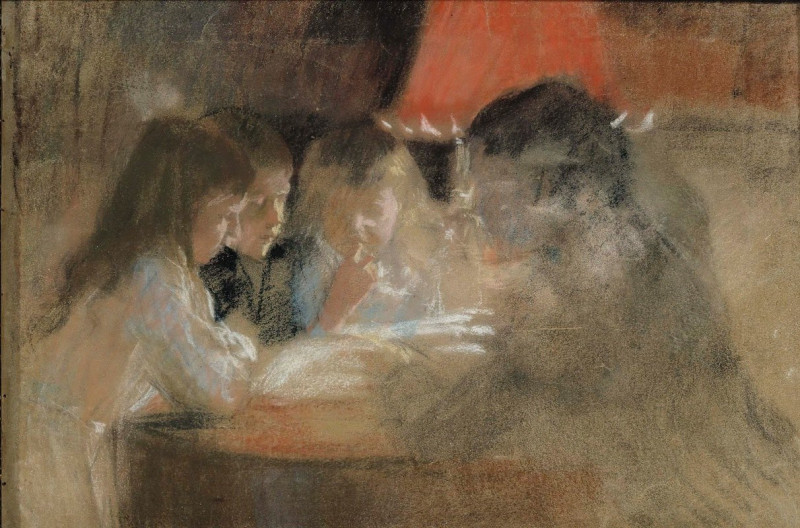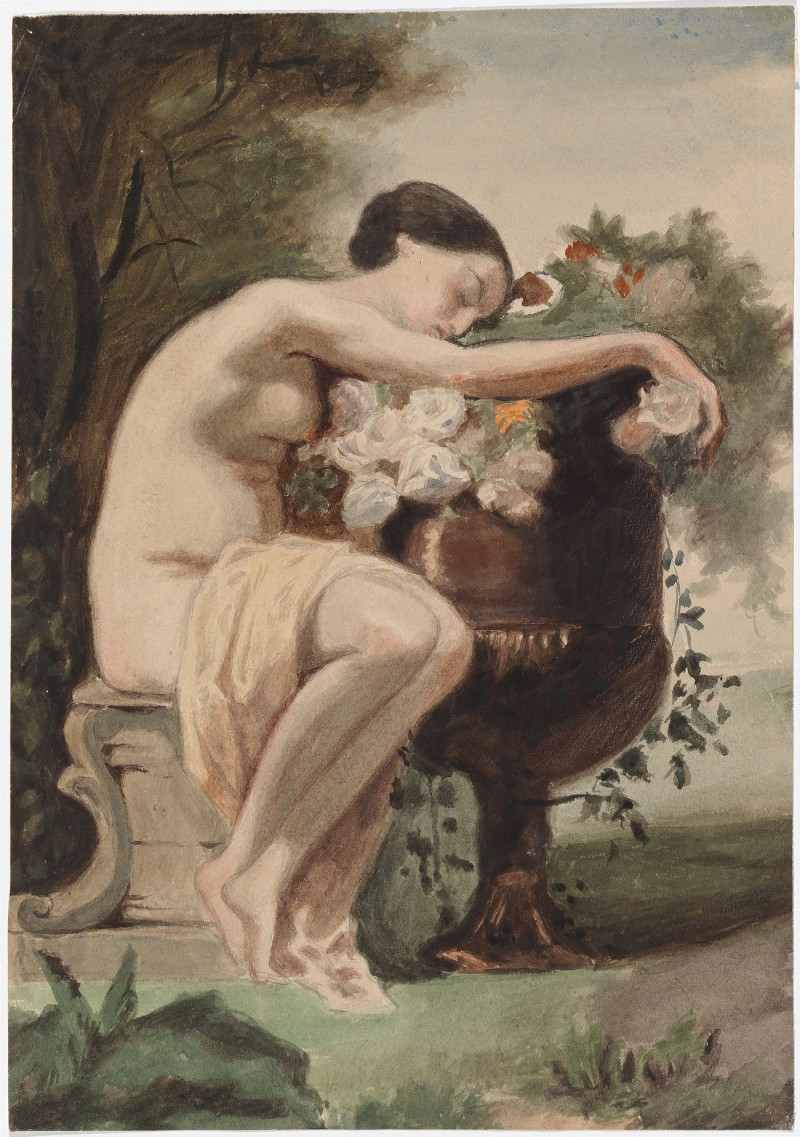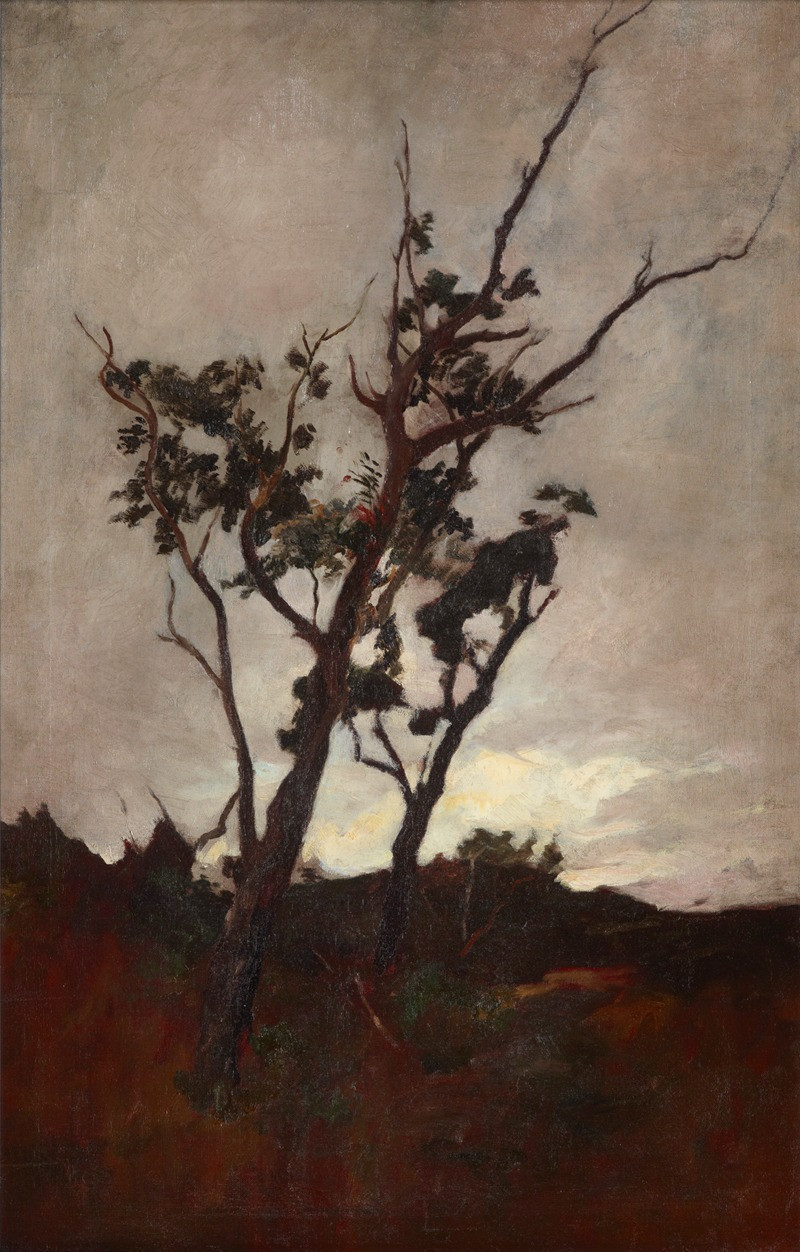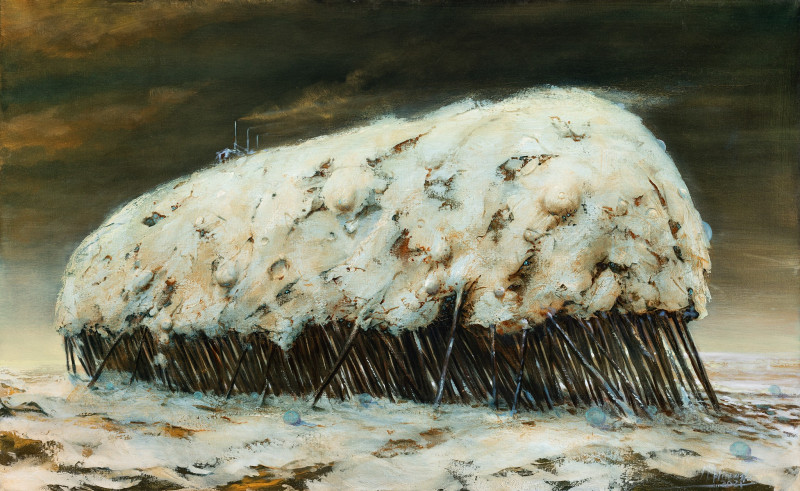The Ship of Fortune (1633)
Technique: Giclée quality print
Recommended by our customers
More about this artwork
Welcome to our exploration of "The Ship of Fortune," a captivating etching by the masterful artist Rembrandt van Rijn, completed in the year 1633. This intriguing artwork is filled with dynamic figures and rich symbolism that captures the essence of human ambition and fate.The scene is bustling with activity and is centered around a grand, allegorical ship. This ship is not a typical maritime vessel but rather a fantastical creation that seems to sail more on the fortunes of men than on the waters beneath. At the helm stands a figure representing Fortune herself, a dramatic representation with her sail billowing in the wind, emblematic of the changing tides of luck. She guides the ship confidently, which is crammed with a chaotic assortment of passengers, encompassing every facet of human life from the regal to the humble, all vying to share in the ship's bounty.In the foreground, an opulent figure on horseback—possibly a representation of a prosperous man or a ruler—dominates the composition. His posture, relaxed yet authoritative, suggests a person at ease with their power, possibly reflecting those in society who ride the waves of fortune to success. Around him, various members of society are depicted in a vigorous display, each person anxiously engaging in the scene with expressions and gestures full of hope and desperation.The detailed background of "The Ship of Fortune" features an intricately crafted cityscape, emphasizing the environment from which the ship has embarked. Such a backdrop could symbolize the societal structure and cultural complexities from which the aspirations for fortune arise.
Delivery
Returns
Rembrandt Harmenszoon van Rijn was a Dutch draughtsman, painter, and printmaker. An innovative and prolific master in three media, he is generally considered one of the greatest visual artists in the history of art and the most important in Dutch art history. Unlike most Dutch masters of the 17th century, Rembrandt's works depict a wide range of style and subject matter, from portraits and self-portraits to landscapes, genre scenes, allegorical and historical scenes, and biblical and mythological themes as well as animal studies.

